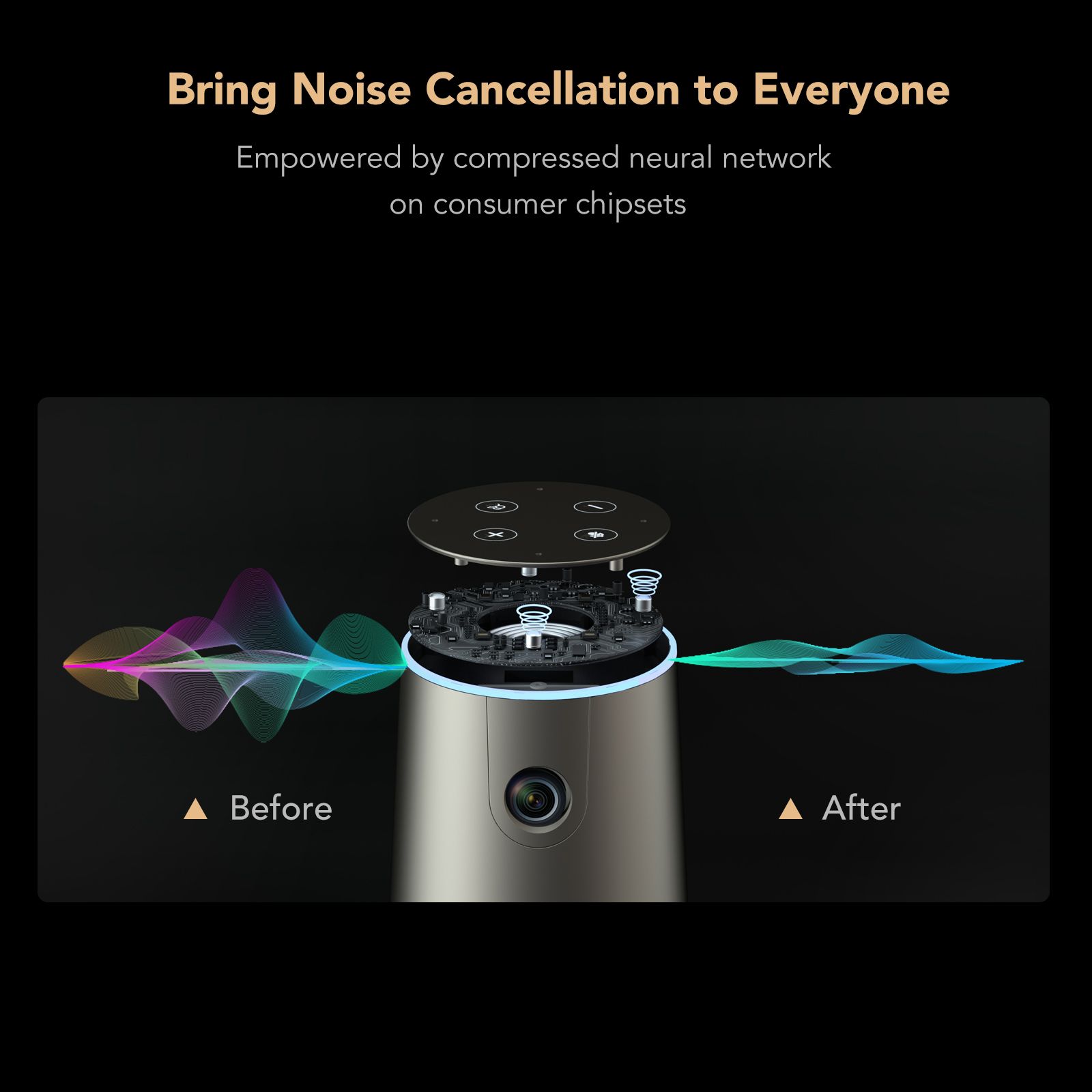In the realm of professional video cameras, the transition from analog to digital technology has revolutionized the way we capture and produce visual content. This evolution has not only enhanced the quality of video production but has also democratized access to high-quality filming equipment.

Understanding Analog Video Cameras
Initially, professional video cameras were predominantly analog. These cameras utilized magnetic tape to record images and sound. The technology was groundbreaking at the time, allowing filmmakers to capture moving images with unprecedented clarity. However, analog systems had limitations, such as:
- Susceptibility to degradation over time
- Limited editing capabilities
- Higher costs associated with tape and equipment
Despite these challenges, analog cameras laid the groundwork for the future of video production. They introduced concepts such as framing, lighting, and sound synchronization, which remain crucial in modern filmmaking.
The Shift to Digital Technology
With the advent of digital technology in the late 20th century, professional video cameras underwent a significant transformation. Digital cameras use electronic sensors to capture images, resulting in numerous advantages:
- Higher resolution and image quality
- Greater storage capacity with memory cards
- Enhanced editing flexibility with non-linear editing software
This shift not only improved the quality of video content but also made it more accessible to a broader audience. Filmmakers could now produce high-quality videos without the prohibitive costs associated with analog equipment.
Current Trends in Professional Video Cameras
Today, professional video cameras are equipped with advanced features such as 4K and 8K resolution, high dynamic range (HDR), and improved low-light performance. These innovations cater to the growing demand for high-quality content across various platforms, including streaming services and social media.
Moreover, the integration of artificial intelligence in video production is reshaping the landscape. Cameras can now automatically adjust settings based on the environment, ensuring optimal performance. This technology allows creators to focus more on storytelling rather than technical details.
Choosing the Right Professional Video Camera
When selecting a professional video camera, consider the following factors:
- Resolution: Higher resolutions provide better image quality.
- Sensor Size: Larger sensors capture more light, improving performance in low-light conditions.
- Portability: Depending on your needs, consider the weight and size of the camera.
- Budget: Determine your budget and explore options that offer the best value.
For those looking for an all-in-one solution, consider exploring options like the , which combines functionality and quality in a compact design.
Conclusion
The evolution of professional video cameras from analog to digital has been a remarkable journey. As technology continues to advance, filmmakers and content creators are empowered to push the boundaries of creativity. Understanding these developments not only enhances our appreciation for the craft but also informs our choices in the ever-evolving landscape of video production.








